Reading the market conditions on the Thinkorswim desktop
by Philip Wu, CMT
Knowing the condition of the market is important because it has a significant influence on the direction of the stock. Approximately 50% of the price direction is due to the market, 25% due to the sector, and the remaining 25% to the company itself. For an ETF, 66% of the move is due to the market, and 34% is due to the sector. Knowing the market condition is a factor in which strategies or symbols to trade.
We programmed the market indicators as taught by Dr Ken Long into the Thinkorswim desktop. This article will describe a few of the market condition indicators.
Market Mosaic
The Market Mosaic layout provides a summary on the market conditions.
SPYvs200ma computes the % distance of SPY to its 200-day simple moving average. If SPY is more than 2% below the 200d moving average, it’s considered bearish. If SPY is more than 2% above its 200d moving average, it’s considered bullish. Within the 2% band, SPY is sideways neutral. In this example, SPY is neutral at -1.9.% below the 200d moving average.
SPY_ADX measures the strength of the trend using the Average Directional Index ADX (14) indicator. If the calculated value is greater than 25, SPY is strongly trending. If the calculated value is less than 15, SPY is considered weakly trending. SPY trend is considered neutral if ADX(14) is between 15 and 25. In this example, SPY trend is weak at 14.7.
SPY(ATR%) describes the market volatility. It is calculated by comparing SPY Average True Range (ATR)% versus its value over the past 100 days. If the ATR% is more than 1 standard deviation greater than its average value over the past 100 days, SPY is considered volatile. If the ATR% is more than 1 standard deviation below than its average value over the past 100 days, SPY volatility is considered quite. If the present ATR% is within 1 standard deviation of its 100-day average, it’s considered normal. In the example, SPY ATR is considered normal at 1.1%.
Risk Index is the ratio of VIX (30day MA) / VIX (10-day MA). The market is favorable to hold risk assets (Risk on) when the 30-day MA of VIX is greater than its 10-day MA. It is unfavorable to hold risk assets when the 10 period MA is greater than the 30 period MA. Risk On when Risk Index >1, or Risk Off when Risk Index <=1. In this example, the Risk Index is at 1, indicating risk off. In this example, Risk Z is in neutral condition.
RiskZ is a statistically based indicator that guides swing trade opportunities. It calculates the Z-score of the Risk Index compared to its past. RiskZ helps identify key turning points when the indicator is in the abnormal regime. The Z-score is neutral between 1, -1, and abnormal otherwise.
The Risk Z indicator can also be plotted over the past 180 days. The Risk Z chart is a statistically based signal that identifies potential turning points in the market. Turning points that occur more than 1 SD from the 0 line are significant and can lead to some exceptional swing trades.
NDX of SPY is a variation of the Williams %R overbought and oversold indicator, that does not include today’s price in the lookback period. NDX is a more accurate indication of today’s price relative to its past lookup period compared to Williams %R. If NDX >100, it indicates SPY closed above the high of the lookback period. NDX < 0 indicates that SPY closed below the low of the lookback period. In this example, the Market mosaic table shows the NDX 10days, 1 month, 3 months, 6 months, and 12 months lookback periods.
D% is the percent closing price change compared to its price 1-day, 10-day, 1-month, 3-months, 6-months, and 12-months look back periods.
% from yearly high is the closing SPY price today vs highest high over the past year.
Sector Analysis
Another important view of the market condition is to understand the relative momentums of the sectors. The Z score plots on the slopes of the 30 period regression lines on SPY (market), XLE (energy), XLB (materials), XLF (financials), XLK (technology), and XME (metals & mining) are compared over the past 180 days.
In this example, we see that XLF is near +2 sigma and is about to turn, XLB is also approaching + 2 sigma and is likely to turn, SPY and XLK are above 1.2 sigma and may still continue. We see XLE is continuing on a downward trend, and XME is still rising and not at extremes. From this chart, stocks in the XME sector provides potential long opportunities, whereas XLF and XLB may have some shorting opportunities.
View on the stocks within a sector
The Thinkorswim platform provides a MarketWatch Visualize view that very nicely summarizes the performance of each stock within its sector for the day. For example, the figure below shows the stocks within the S&P 100 and the % gain or loss per stock during the day. You see in this view that 75 of the stocks are advancing and 26 are declining in price. This view gives you a nice snapshot on the overall direction with 75% of the stocks advancing at this time of day. High Advancing or high declining percentages will indicate good agreement in market index direction.
Summary
Studying the market condition prior to the start of your trading day will give you an edge in your trading decisions. The stock price is influenced by the market itself (50%) and its sector (25%) directions, and the remaining 25% due to the stock itself. We programmed several of the market indicators as taught by Dr Ken Long into the Thinkorswim desktop. These indicators combined with Thinkorswim rich menu of market views will provide you with a good understanding on the market conditions. More information on these indicators can be found on AbleWayTech.com.





